F1 Weekend: Shooting for the cars
SINGAPORE — There are not many things that are faster than a Formula 1 car, but the speed at which humans develop technology might be one of them. Getty Images’ chief photographer for F1 Mark Thompson would know — he’s shot every Formula 1 race for the past 16 years. Over the course of that time, he’s seen a lot of changes and a lot of the engineers overcoming the engine limitations that are put on them.
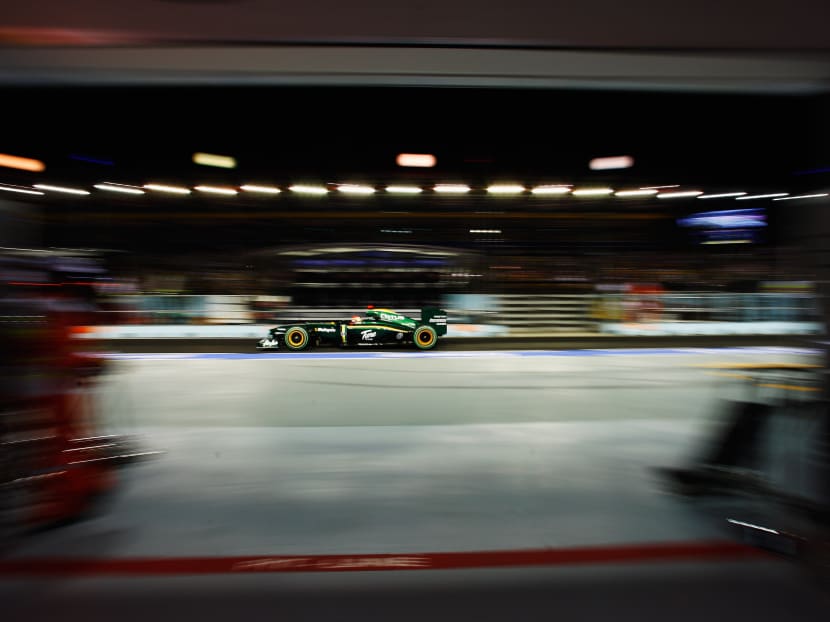
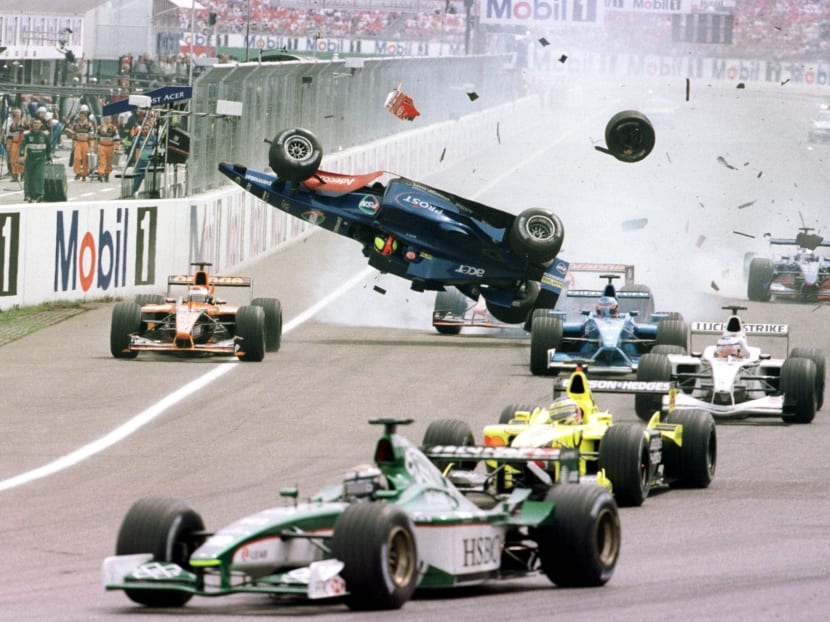
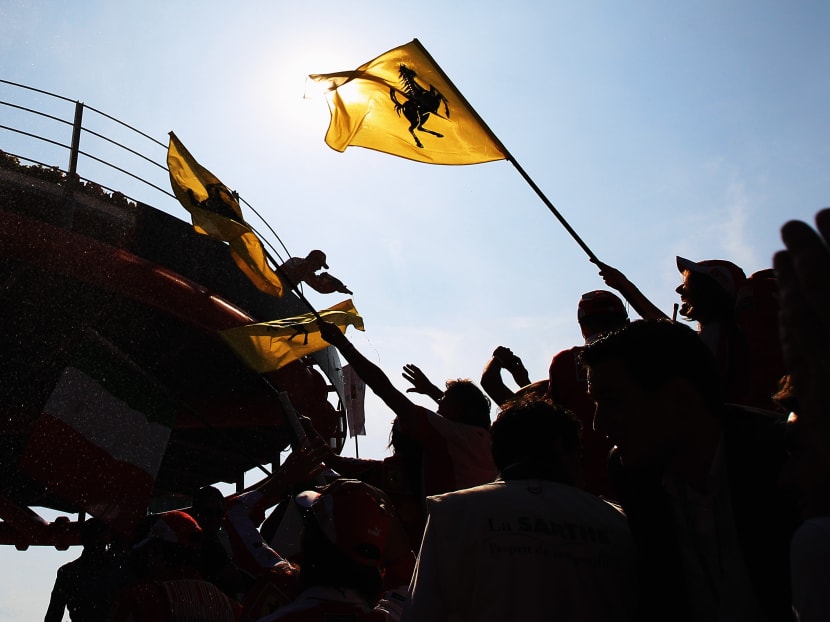
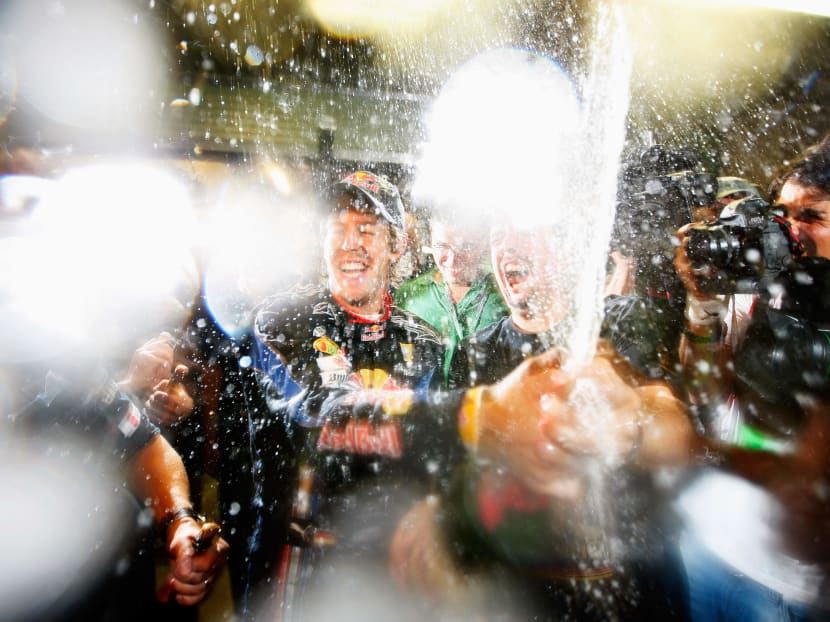
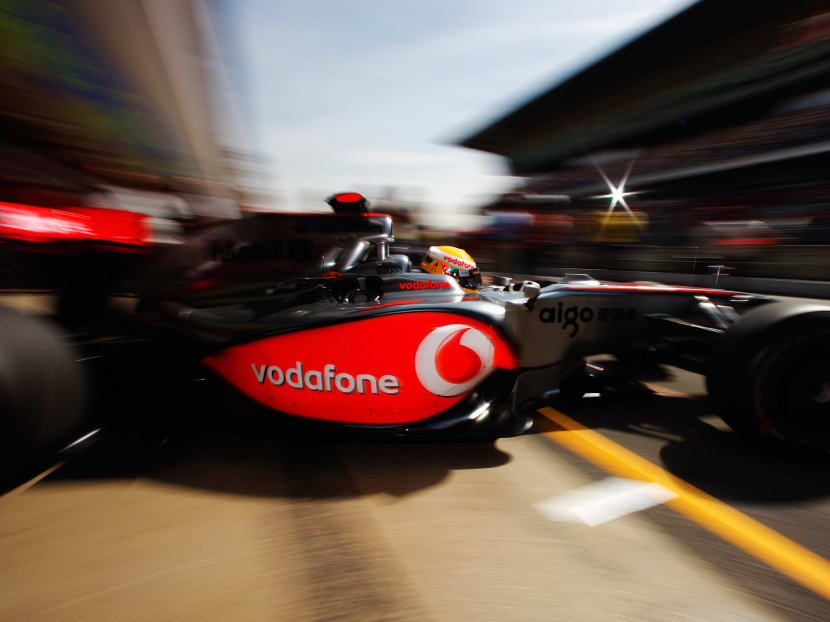
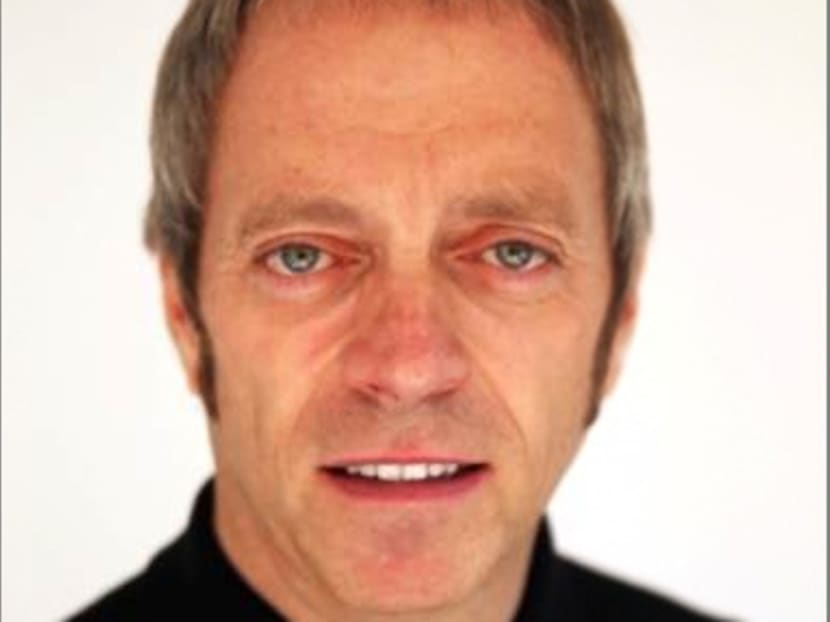
SINGAPORE — There are not many things that are faster than a Formula 1 car, but the speed at which humans develop technology might be one of them. Getty Images’ chief photographer for F1 Mark Thompson would know — he’s shot every Formula 1 race for the past 16 years. Over the course of that time, he’s seen a lot of changes and a lot of the engineers overcoming the engine limitations that are put on them.
“The amazing thing about F1 is that they try to slow the cars down, every year you’ve got a smaller engine, but the cars still go as fast as the last year. They always find a way around it,” he said.
The art of photography, too, has done its fair share of overcoming limitations. Thompson, who has shot all six Singapore Grand Prix races, is glad for it. “A race like Singapore really brings it to the fore. When you’re shooting a night race on film, it would be a real struggle. It would be a lot harder to shoot it. With the advance in technology in the quality of digital, it makes it a lot easier to shoot at night. In low light shooting, digital is by far the best format, much better than film was.
For the weekend, Mr Thompson — who shoots with a Canon EOS Mk IV — expects to bring about eight lenses to the track. “Obviously, because you’re so close to the cars here, you use anything from a 40mm fisheye, up to a 600mm,” he said. “You would take a lot more different lenses out to the track here than you would a more standard racing track.” He expects to carry at least a 40mm, 20mm, 20-47mm zoom, 200mm F2, 35mm F1.4, and a 600mm lens.
As a professional, he finds that the Singapore race brings a unique set of challenges. “It is a difficult track to work at because it’s a street circuit. If you’re shooting at that low level you’re working with a lot of cages.” The fact that the track is narrow and the grandstands are right next to it, however, means that the crowd gets a much better shot at capturing them as well. “Definitely if you were a spectator, it’s one of the better tracks to shoot from.”
And the spectators here are certainly equipped to do so, he said — sometimes even more so than the professionals. “When we go into the grandstands, sometimes the guy next to you has a better kit than we have. It’s amazing. Here and Japan, it’s one of the two places you go to and the guys in the crowd, some guy next to you, has the newest lens.”
For those who are hitting the Marina Bay Street Circuit this weekend to snap a few, Thompson had the following tips.
***
1. EXPERIMENT
Although high shutter speeds are de rigeur for capturing the frenzy of action at the start of the race, Thompson encouraged shooters to experiment with shutter speeds throughout the course of the race.
“If you shoot the cars you need to make them look like they’re moving. There’s nothing worse than a car that looks like it’s just been placed there. You need movement in the wheels.
“So just experiment, really. If you’re shooting individual cars you can come down on the shutter speed, make sure you’ve got some movement in the wheels.
“The great thing about Singapore is that, with the mixture of the lights, you can do some really slow shutter speed stuff, down to a fifth or a tenth of a second.
“Normally the driver’s helmet needs to be in sharp focus but the rest of the car may be blurred out with the lights.”
2. GET ELEVATED
The first three corners of the circuit are good places to shoot from, said Thompson. But if you don’t have access to these areas, try to get high up — shooting out of one of the many buildings surrounding the track can give you great views. Getty has a core of three photographers shooting the races this weekend, and one of them will be sent to a high vantage point. “There are quite a few hotels close to the track, I’ve been on their rooftops quite a few times,” he said. “I quite like shooting from a balcony in the Swisshotel, it’s got nice graphics with the road signs with the cars.”
3. DON’T LOSE TRACK OF TIME
In some places, especially if you’re high up, you can’t see the screens so you may lose track of how many laps you have left, but the last lap and the drivers’ victory laps are things worth looking out for. “This is a hard race, the drivers love winning here because it’s one of their hardest races. They tend to celebrate a bit more here, as well.”
4. THROW AWAY YOUR PICTURES
One mistake amateur photographers make, Thompson said, is keeping too many of their photos. “You’re much better off saying, ‘These are my five best pictures from this Grand Prix’, keep five as opposed to fifty. You have to be very selective as to what you keep.”
5. IT’S NOT THE CAMERA, IT’S THE PHOTOGRAPHER
You don’t need the best kit to take the best pictures, said Thompson. “It’s about the photographer. You can have a cheap lens and cheap camera ... if you try to work out what you want to do and think about it a lot more.
“Don’t get constricted by equipment. it’s nice to have the best equipment, but sometimes you don’t need it.
“You can even get good pictures out of a compact camera if you control it manually.”







